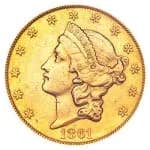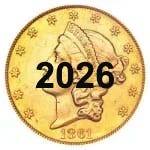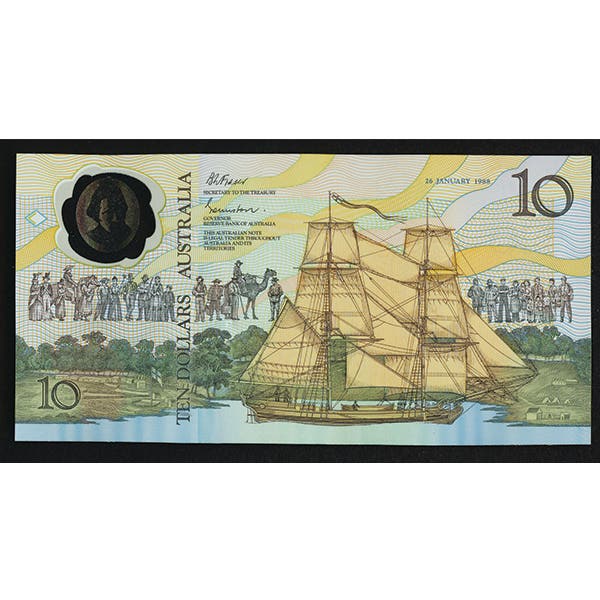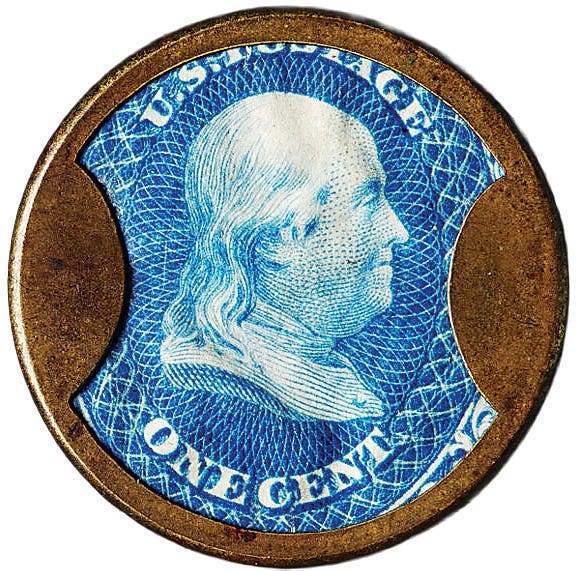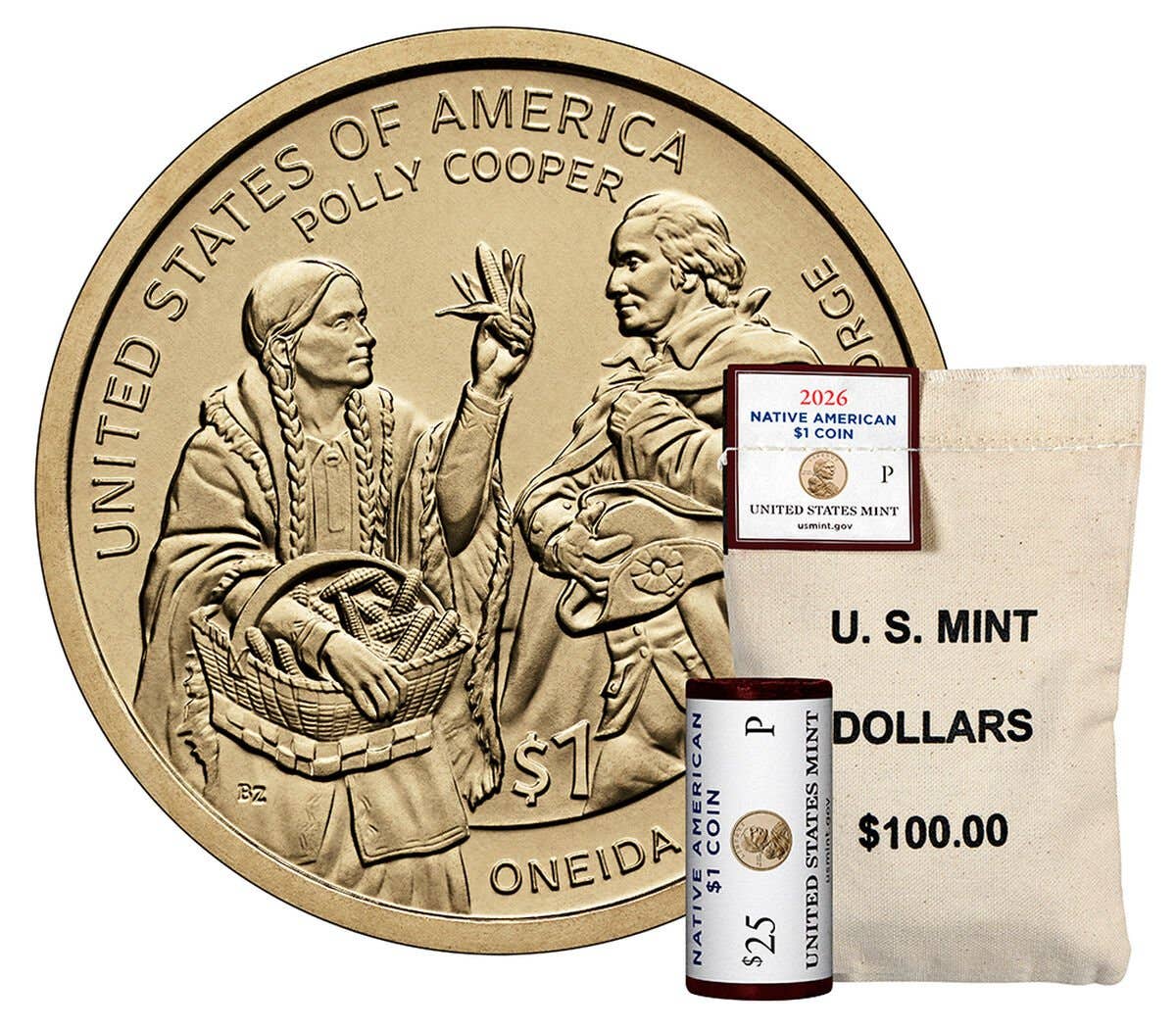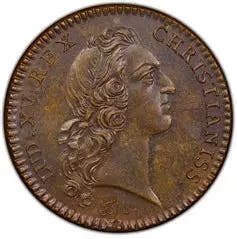Face value gives legal-tender status
Are the gold and silver American Eagles legal-tender coins? Yes, although one would be foolish to redeem them for face value. As might be expected, however, the public sometimes can…
Are the gold and silver American Eagles legal-tender coins?
Yes, although one would be foolish to redeem them for face value. As might be expected, however, the public sometimes can be foolish. There are a number of instances of the coins – especially the silver Eagles – being used for purchases.
In the reports of the gold cargo on the “S.S. Central America” it was mentioned several times that the gold, regardless of form, was intended ultimately for the Philadelphia Mint for coinage. Was this the case for gold coins of other countries too?
Under federal law, any gold coins from another country that were deposited at one of the mints or assay offices had to be melted down and made into U.S. coinage. This put a substantial burden on the Mint. Any time there was a request for gold to export, it was of necessity U.S. coins or gold bars. This was a bone of contention between the Secretary of the Treasury and Congress for many years and the subject of numerous official complaints.
How long has the law been on the books that requires that United States coins must bear the date of the year in which they are struck?
The first statute requiring the date be the same as the year in which the coin was struck was passed in 1869. Exceptions are the 1976 Bicentennial coins struck in 1974 and 1975, and the 1964 and 1965 coins struck into 1966 under special laws. There have been other incidents where production of proofs or other special coins have lapsed over into the succeeding year by a few days. It’s also standard practice to begin striking coins in the final quarter of the preceding year.
Were the Morgan dollars all minted under one law, the Act of Feb. 28, 1878?
Actually they were produced under several different laws, as were the later Peace dollars. For example, the War Revenue Act of 1898 was used as authorization for the striking of about 109 million silver dollars to pay for the Spanish-American War. The Act of June 13, 1898, required that all remaining stocks of silver purchased under the Sherman Act be coined into dollars. The supply lasted until 1904. 1918 Pittman Act dollar melting led to the 1921 Morgan revival.
On some world bank notes the design goes right to the edge of the note. The design is such that the note can be curved in a circle and it will continue uninterrupted. I refer to this as a “self-repeating design,” but is there a technical term for it?
I’m not aware of any specific name for a repeating design such as the reader describes. Readers? If you know the answer, please send an email to the above address.
E-mail inquiries only. Do not send letters in the mail. Send to Giedroyc@Bright.net. Because of space limitations, we are unable to publish all questions.
This article was originally printed in Numismatic News Express. >> Subscribe today
More Collecting Resources
• If you enjoy reading about what inspires coin designs, you'll want to check out Fascinating Facts, Mysteries & Myths about U.S. Coins.
• With over 22,000 listings and 13,750 illustrations, the Standard Catalog of World Paper Money, Modern Issues is your go-to guide for modern bank notes.

